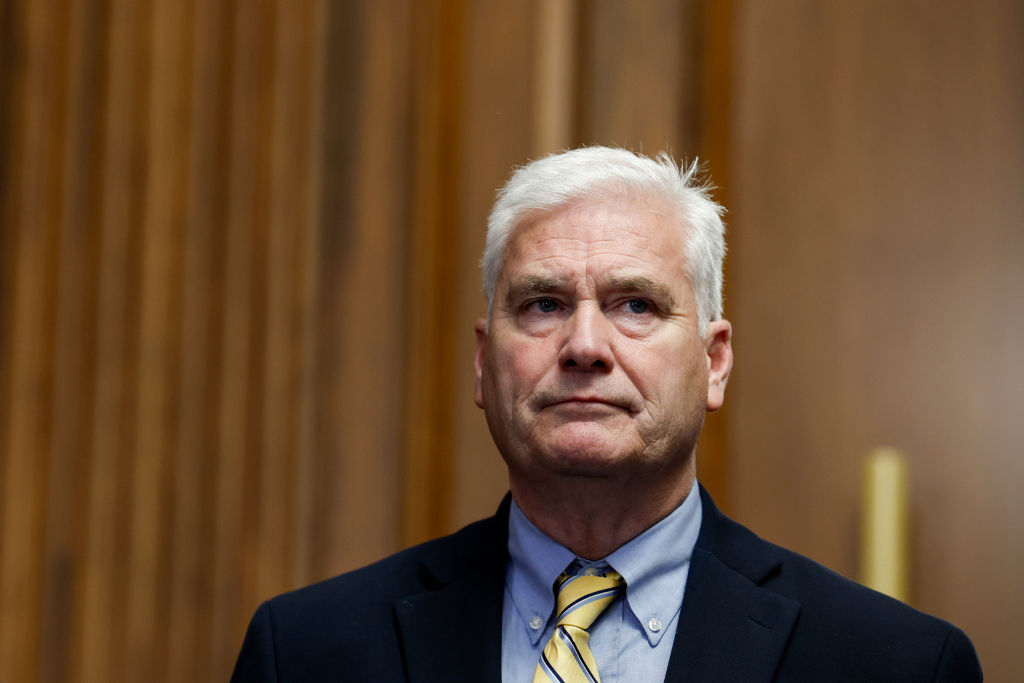
PARIS — French voters face a crucial decision on July 7 in the runoff that could result in the nation’s first far-right government since the World War II Nazi occupation or a scenario where no majority emerges.
Official results indicate that Marine Le Pen’s anti-immigration, nationalist National Rally party has a strong chance of securing a majority in the lower house of parliament for the first time, but the outcome remains uncertain due to the complex voting system and political tactics employed.
What happened?
In Sunday’s first round, the National Rally and its allies achieved a leading position with approximately one-third of the votes. The coalition, which includes center-left, green, and hard-left forces, came in second place, ahead of President Macron’s centrist alliance.
Numerous candidates who secured at least 50% of the votes in Sunday’s election were directly elected. The remaining races will head to a second round on June 7, involving the top two or three candidates.
Polling projections suggest that the National Rally will hold the majority of seats in the next National Assembly, but it remains unclear whether they will attain an absolute majority of 289 out of the 577 seats.
The French voting system does not proportionally reflect nationwide support for a specific party. Legislators are elected on a district basis.
What’s next?
The National Rally’s rivals are actively working to prevent it from gaining an absolute majority.
The left-wing coalition announced its intention to withdraw its candidates in districts where they finished in third position in order to support other candidates opposed to the far right. Macron’s centrist alliance also stated that some of its candidates would step down before the runoff to hinder the National Rally’s chances.
This tactic proved successful in the past, when Le Pen’s party and its predecessor, the National Front, were widely regarded as political pariahs. However, Le Pen’s party now enjoys broad and deep support across the country.
Why is the far right rising?
Despite France’s status as one of the world’s largest economies and a significant diplomatic and military power, many French voters are struggling with inflation, low incomes, and a feeling of being left behind by globalization.
Le Pen’s party, which attributes many of France’s problems to immigration, has capitalized on this voter frustration and established a nationwide support network, particularly in small towns and farming communities that perceive Macron and the Paris political class as out of touch.
What’s cohabitation?
If the National Rally or another political force other than his centrist alliance secures a majority, Macron will be obligated to appoint a prime minister from that new majority.
In such a situation, known as “cohabitation” in France, the government would implement policies that deviate from the president’s agenda.
France’s modern Republic has experienced three cohabitations, the most recent being under conservative President Jacques Chirac, with Socialist Prime Minister Lionel Jospin, from 1997 to 2002.
The prime minister is accountable to the parliament, leads the government, and introduces legislation.
While the president’s power is diminished domestically during cohabitation, they still retain certain authority over foreign policy, European affairs, and defense, as they are responsible for negotiating and ratifying international treaties. The president also serves as the commander-in-chief of the country’s armed forces and holds the nuclear codes.
Why does it matter?
The National Assembly, the lower house, is the more powerful of France’s two houses of parliament. It has the final say in the legislative process over the Senate, which is dominated by conservatives.
Macron’s presidential mandate extends until 2027, and he has expressed his intention to complete his term. However, a weakened French president could complicate numerous issues on the global stage.
During previous cohabitations, defense and foreign policies were considered the informal “reserved field” of the president, who typically managed to find compromises with the prime minister to ensure France’s unified voice abroad.
However, today, both the far-right and the leftist coalition’s views on these matters diverge significantly from Macron’s approach and would likely be contentious.
Far-right leader Jordan Bardella, who could become prime minister if his party wins the majority of seats, stated his intention to “be a cohabitation prime minister who is respectful of the Constitution and of the President of the Republic’s role but uncompromising about the policies we will implement.”
Bardella indicated that as prime minister, he would consider withdrawing France from NATO, a possibility Macron has not ruled out. Bardella also stated his refusal to allow France to deliver long-range missiles and other weaponry capable of striking targets within Russia itself.
What happens if there’s no majority?
The president has the authority to appoint a prime minister from the parliamentary group with the most seats in the National Assembly, even if they lack an absolute majority—this was the case with Macron’s own centrist alliance since 2022.
However, the National Rally has already indicated its rejection of such an option, as it would mean a far-right government could be swiftly overthrown through a no-confidence vote if other political parties unite.
The president could attempt to build a broad coalition spanning the political spectrum from left to right, an option that appears unlikely given the existing political divergences.
Another possibility would be to appoint “a government of experts” unaffiliated with political parties, which would still require the acceptance of a majority in the National Assembly. Such a government would likely focus primarily on day-to-day affairs rather than implementing substantial reforms.
If political negotiations drag on amidst summer holidays and the August 26-11 parliamentary recess, Macron’s centrist government could maintain a transitional government pending further decisions.

